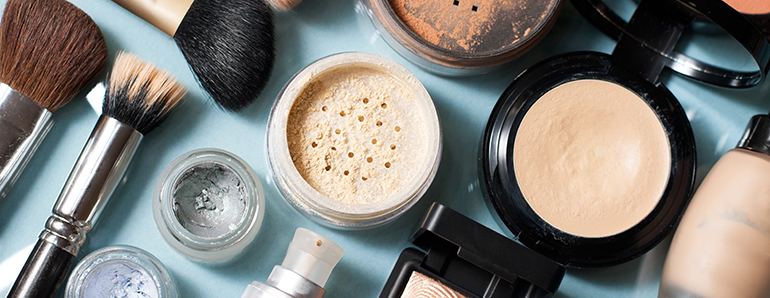Understanding EU Cosmetics Regulation and Attaining Compliance

01 Nov 2016
Cosmetic companies across Europe must comply with EU Cosmetics Regulation (Regulation (EC) No 1223/2009)
It has been almost three years since the EU Cosmetics Regulation (Regulation (EC) No 1223/2009) was applied across Europe, replacing the preceding EU Cosmetics Directive. From the perspective of a service supplier to the cosmetics industry, it is evident that it has been challenging for the cosmetic industry. Three years on, and many providers are unable to meet the robust requirements of the regulation.
The primary objective of this regulation was to simplify and harmonise the regulatory requirements across each member state and it has proven to be effective. With simplification and improved clarification of the regulatory details, companies have the potential to improve product safety and reduce costs, as well as, minimise legal uncertainties and inconsistencies in order to avoid the divergence in national transposition.
The challenge lies within the differing interpretation of the regulations across some of the member states. This makes things difficult for cosmetics companies that would like to easily supply and market their products across the whole of the EU.
The recast was intended to bring clarification in regard to the definition of "Responsible Person", Good Manufacturing Practice (GMP) and improve safety reporting. The highlights of the recast include:
- The Regulation (EC) No 1223/2009 introduced changes to the existing Product Information File (PIF).
- Substances classified as carcinogenic, mutagenic or toxic for reproduction continue to be prohibited and currently need to be reviewed by the Scientific Committee on Consumer Safety (SCCS) before use is granted.
- We also saw the long awaited publication on the guidelines of Annex I, which was implemented with a view to helping the process of the safety assessment.
The definition of a "Responsible Person" (RP) was less well-defined under the Directive and is now much improved under the Regulation.
Additionally, the objective of the new regulation was to strengthen the criteria for the justification of products claims. Evidence of this can be found in Article 20 of the regulation, which was written to prevent cosmetic products from implying claims for characteristics or functions that cosmetic products do not have. Examples of where this may occur include: text, names, trade names, pictures, figurative and other such signs. Consequently, Commission Regulation (EU) No 655/2013 has been published to define criteria for the justification of claims used in relation to cosmetic products.
Manufacturers need to be cautious of the claims they choose to make either on the product itself or in commercial advertising and ensure these are substantiated. Claims denigrating competitors or ingredients that have an otherwise safe history of use will also be scrutinized, in addition to claims stating that products do not contain specific ingredients already prohibited according to law.
Our recent whitepaper examines the major changes surrounding the EU Cosmetics Regulation including Safety Assessments, GMP, Marking and Labelling Requirements, Product Information File requirements and the role of the Responsible Person discussing the challenges stakeholders face now, three years on.
